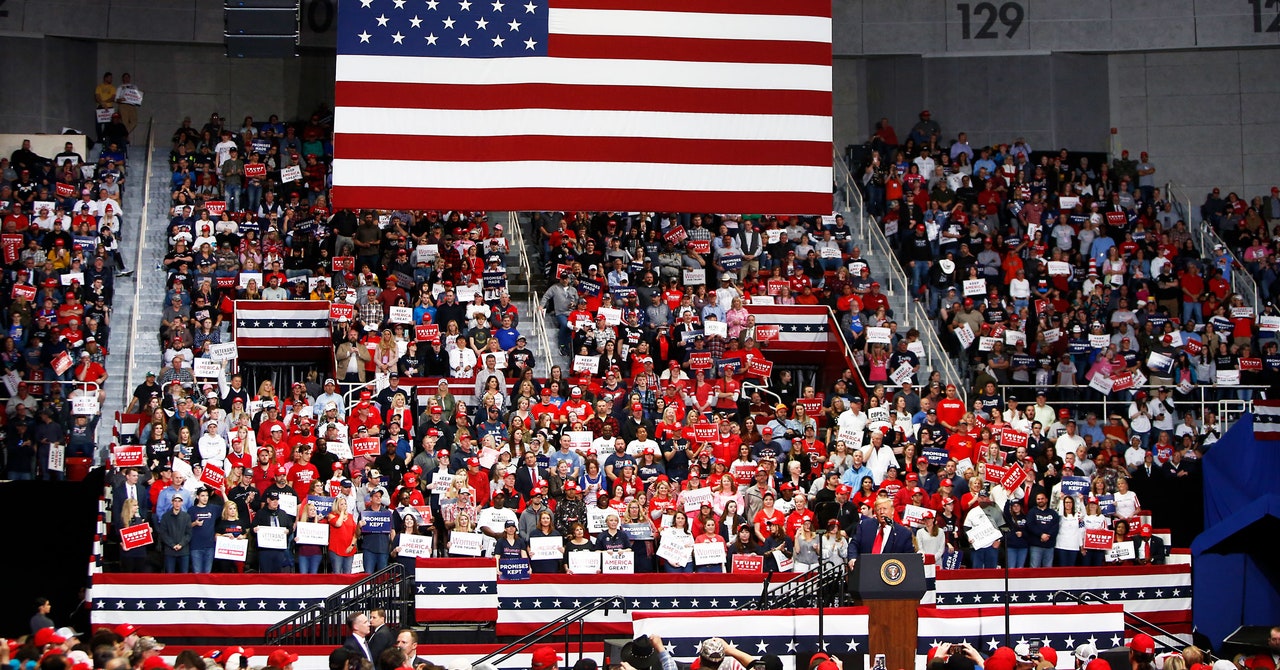The following two things are somehow both true: First, the Trump administration’s response to the coronavirus crisis has been a dangerous mix of denial, disinformation, and delay, oscillating between simple incompetence and possible malevolence. And, second, his approval ratings are at or near their all-time high. Americans are getting sick, losing their jobs, and even dying, thanks in part to Trump’s early blunders—and yet his popularity has been on the rise. How can this be?
One group of people not puzzled by the seeming paradox: political scientists. It turns out that an approval bump due to major crises or wars is one of the most consistent patterns in American politics. “It would have been amazing if Trump didn’t get any rally,” said Matthew Baum, the author of several academic books about public opinion. The surprising thing, rather, is how small the bump has been. As of March 13, according to FiveThirtyEight’s tracker, Trump was at around 42 percent approval and 53 percent disapproval, precisely where he has hovered throughout most of his first term. Since then, those numbers have shifted to about 46 percent and 50 percent—a 6-point overall swing. “You would expect, given how unpopular Donald Trump was the day before this all happened, he would have a massive rally,” Baum said.
Read all of our coronavirus coverage here.
Franklin Roosevelt, for example, got a 12-point boost after Pearl Harbor in Gallup’s tracking poll; George W. Bush received the all-time polling bounce immediately after 9/11, nearly 40 percent. Since the 1970s, political scientists have referred to the phenomenon as the “rally-around-the-flag e
Read More

